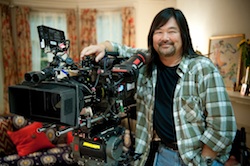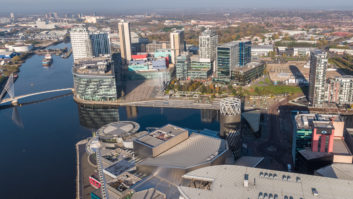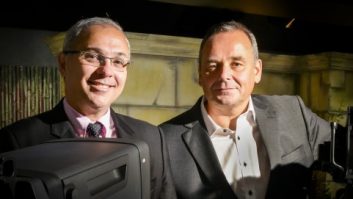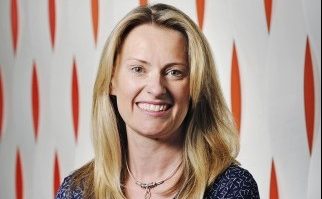
Now that Ultra HD has been standardised and an estimated 50 models of 4K TVs were introduced at the recent International CES in Las Vegas, it is unsurprising that some broadcasters and programme producers have started to explore the practicality of 4K production.
Some prospective stakeholders see potential in offering consumers a higher resolution television system. Experimentation in sport coverage had started in Europe even before CES. Last autumn BSkyB tested 4K during a Champions League match between Arsenal and Olympiakos, while Sky Deutschland used 4K to shoot a Bundesliga match between Bayern Munich and Borussia Dortmund.
Yet many are also showing caution. “I don’t want to make the capital investment [in 4K], said Bryan Burns, VP of strategic business planning and development at ESPN, during a panel discussion at CES. “There might be a gradual evolution … but I don’t see us heading to 4K production or an ESPN 4K channel.”
As to episodic series production, Sony Pictures Television has started experimenting with 4K. Made in Jersey, a short lived one-hour dramatic series that aired on US network CBS last autumn, was shot with the Sony F65 by Director of photography Daryn Okada (pictured), ASC.
This early use of the 4K camera for television involved testing the technical aspects of producing in the format, as well as the business model. For Okada, that meant staying on an HD production schedule and budget.
Each episode used a workflow that involved recording F65 4K Raw Lite to SRMaster memory cards. Technicolor’s DP Lights system was used for on-set monitoring and Technicolor’s FrameLogic system was employed for dailies.
Also experimenting are the producers of one-hour dramatic series Justified, which airs in the US on pay TV channel FX. This programme is shot with the Red Epic, primarily to ‘4K HD’ and in some instances using the camera’s 5K option, according to director of photography Francis Kenny, ASC.
New 4K-capable cameras are entering the production market, including Canon’s EOS C500 and EOS-1D C DSLR cameras, as well as Sony’s new F55 and F5. Both Sony and Panasonic previewed prototype 4K camcorders at CES.
Turning to post production, 4K support for grading and conforming tools were promoted this past year by manufacturers such as Blackmagic Design (Da Vinci Resolve), FilmLight (Baselight) and SGO (Mistika).
The key challenge to posting in 4K, of course, stems from the need to manage the additional data in a 4K file — and therefore controlling that cost. In the cases of Made in Jersey and Justified, both shows are posted in HD to accommodate today’s distribution requirements. The original footage from both are archived and are available should it be needed down the road.
In late January, Sony took a big step toward creating a 4K post production model by launching a 4K television production facility with dedicated resources. This entity is part of the Sony Pictures Technologies-owned post production facility Colorworks that is based on the Sony Pictures studio lot in Los Angeles.
In order to begin to build a 4K content library to support the rollout of Ultra HD TVs, the facility is available to post new programmes; it has also started to remaster in 4K select shows that were shot on film.
The new department is currently posting in 4K the new Sony Pictures Television comedy series Save Me, which recently debuted on US network NBC. Director of photography Lloyd Ahern II, ASC shoots the series with the F65.
“Our facility is designed and built to have 4K move around seamlessly; we will be looking at everything in Rec 709 but posting in 4K,” explains Bob Bailey, senior VP of sales at Colorworks. The exec explained that Sony intends to deliver series work in Rec 709 to meet current delivery requirements and also supply a 4K copy (on LTO tapes) for archival purposes, allowing TV producers to begin a library that it could tap for future use.
“We were challenged to come up with a workflow that didn’t change the schedule; if it slowed down the HD by one hour, then it wouldn’t be worth it,” Bailey said, adding that Sony already has a lot of storage to support its feature film clients, which it put to use in the TV environment. “We put the 4K data in what we call our television production backbone.”
By Carolyn Giardina







